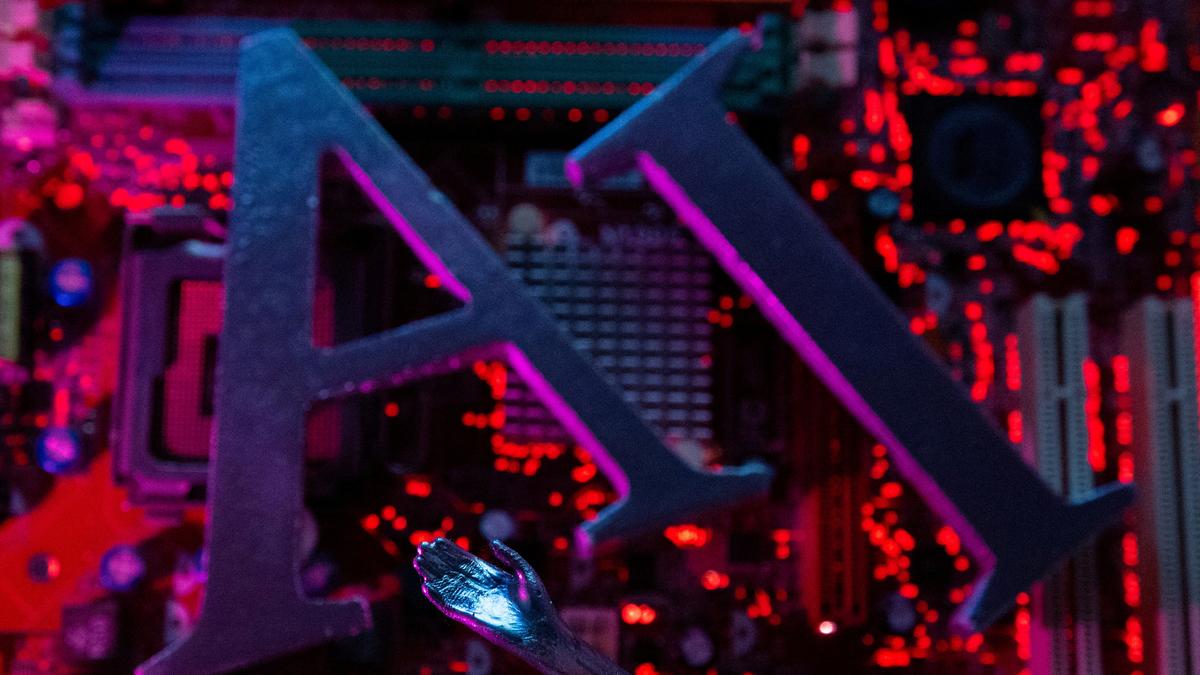California’s recent legislation on artificial intelligence (AI) safety, SB 1047, has stirred intense debate. While aiming to regulate the development and deployment of powerful AI models, the bill has faced significant pushback from tech giants and some politicians. This article explores the key provisions of the bill, its proponents and opponents, and the potential implications of its enactment.
Navigating the Uncharted Waters: The Key Provisions of SB 1047
SB 1047 attempts to address the growing concerns about the potential risks associated with advanced AI. Its core provisions target developers of AI models with specific requirements and oversight mechanisms.
Safety Testing and Kill Switches
The bill mandates safety testing for AI models that exceed a certain cost threshold or computational power. This necessitates developers to proactively assess and mitigate potential risks before deployment. Additionally, the bill requires AI models to have a “kill switch,” enabling developers to effectively shut down the system in case of unexpected or harmful behavior. This is particularly important given the rapid advancement and complexity of AI technologies, aiming to provide a mechanism for control in the event of unintended consequences.
Enhanced Oversight and Accountability
SB 1047 empowers the California Attorney General to take legal action against developers who fail to comply with its provisions. This proactive approach allows the state to intervene in cases of potential threats arising from AI systems. Furthermore, the bill strengthens whistleblower protections, encouraging individuals within AI companies to report potential abuses or safety concerns without fear of retaliation.
Third-Party Auditing and Transparency
The bill necessitates the involvement of third-party auditors to independently assess the safety practices of AI developers. This external review aims to ensure greater transparency and accountability, enhancing public trust in the responsible development and use of AI technologies.
A House Divided: Proponents and Opponents
While the intention behind SB 1047 appears clear, the bill has elicited strong reactions from various stakeholders, reflecting the diverse perspectives on AI development and regulation.
The Case for AI Regulation: A Vision of Responsible Innovation
Elon Musk, CEO of Tesla and xAI, has emerged as a prominent proponent of SB 1047. His support for the bill stems from a belief that regulation is necessary to prevent potential AI-related risks. He contends that without responsible oversight, the advancement of AI could have unpredictable and potentially detrimental consequences.
Senator Scott Wiener, the bill’s author, echoes this sentiment, emphasizing the need for precautionary measures as AI technologies evolve at an unprecedented pace. He argues that proactive regulation is essential to ensure that these powerful technologies are developed and deployed in a safe and ethical manner, protecting the public from potential harm.
The Counter Argument: A Chill on Innovation?
The bill has faced opposition from many tech giants, who fear that it could stifle innovation and drive AI development outside of California. Alphabet’s Google, OpenAI, and Meta Platforms have expressed concerns about the legislation, arguing that its requirements could pose significant financial burdens and bureaucratic obstacles to the development of AI models.
These companies contend that existing industry-led efforts on AI safety are sufficient, arguing that overly stringent regulations could hinder progress in a field characterized by rapid innovation.
The Uncertain Future of SB 1047: A Test for Policy and Progress
The fate of SB 1047 rests in the hands of California Governor Gavin Newsom, who will decide whether to sign it into law. His decision will carry significant weight, potentially setting a precedent for AI regulation on a national scale.
The bill’s future is uncertain, with the tech industry expressing strong opposition while some proponents call for swift action. This legislative battle highlights the critical questions surrounding AI’s role in society and the need to balance innovation with public safety and ethical considerations.
Take Away Points: Balancing Innovation and Safety in a New Era of AI
The debate over SB 1047 encapsulates the evolving nature of the relationship between AI, society, and regulation. Here are some key takeaways:
- The need for responsible AI development and deployment is increasingly recognized: As AI technologies become more powerful and widespread, the potential risks associated with their misuse or unintended consequences become more pronounced.
- Regulatory frameworks are likely to play an increasingly vital role in AI development: The ongoing debate around SB 1047 demonstrates the growing need for robust and adaptive frameworks to guide the ethical and responsible development of AI.
- Balancing innovation and safety remains a critical challenge: The development of AI technology offers tremendous potential for societal benefit, but this progress must be accompanied by proactive measures to address potential risks.
The future of AI is undeniably intertwined with its responsible regulation, and California’s recent legislation on AI safety provides a compelling example of the complexities involved in navigating this uncharted territory. The outcome of this legislative process will have far-reaching implications for the development and deployment of AI, shaping the future of this transformative technology.




